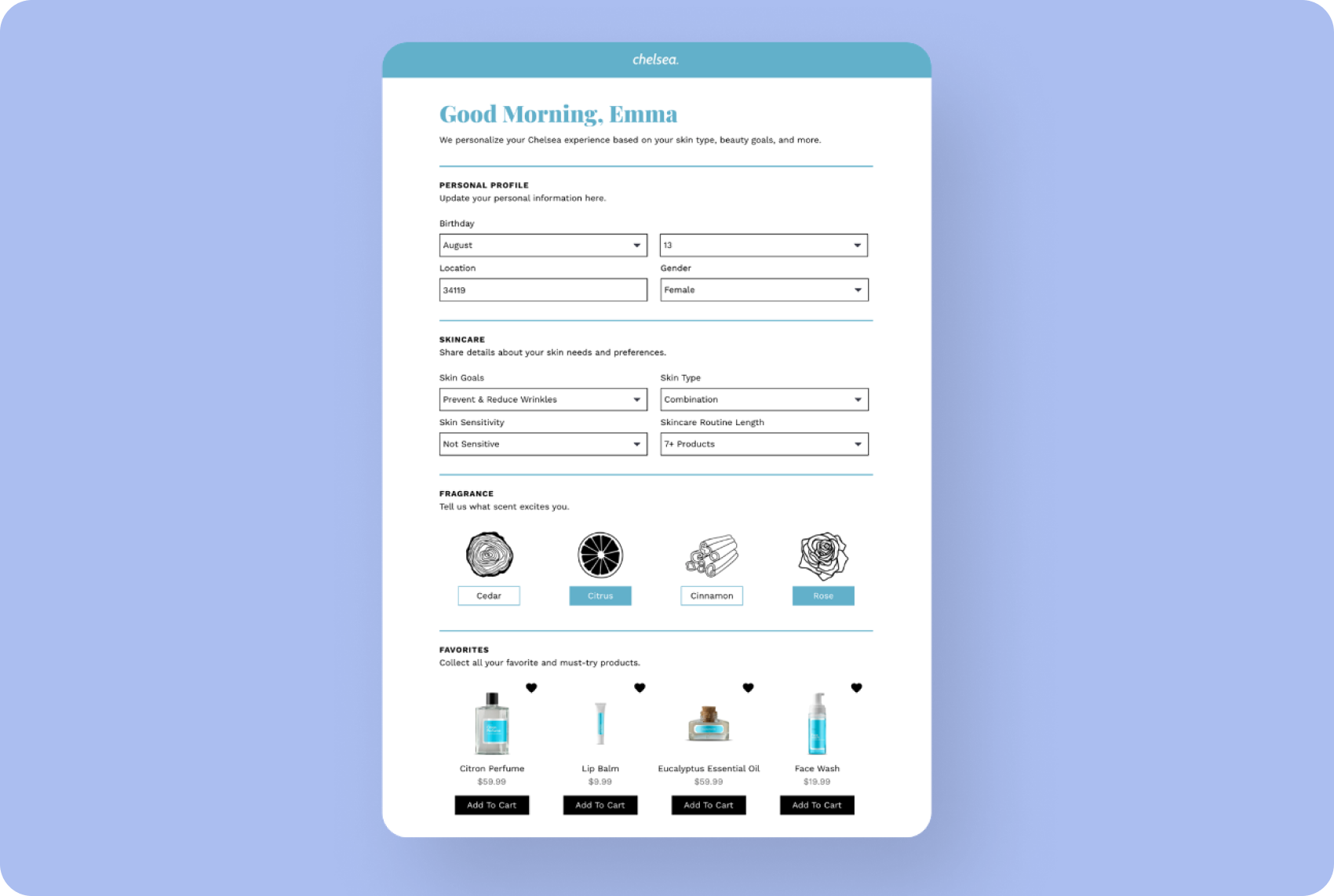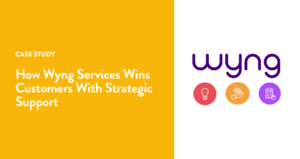The message should be clear by now. People want privacy and control of their own data.
-
- New privacy laws: 69% of the world now has some privacy legislation, up from just 10% in 2019.
- Consumer behavior: More people are aware of the consequences of data misuse by brands, and they don’t like it. As a consequence, more people are opting out of data tracking when given the option and using tools like ad blockers and incognito mode.
- Big tech policies: A few firms dominate the global data landscape, and these firms are increasingly building ways to anonymize and change the way consumer data is served to brands – especially in advertising.
- Browser and OS restrictions: The “death of the cookie,” the rise of private browsers, and changes to mobile ad IDs are all limiting and in some cases eliminating third party data.
The challenge for brands to meet this demand is not small. Modern companies have A LOT of customer data of all types; first-, second-, third- and zero-party data that came from a variety of sources and channels across time. Customer data has become the most critical resource a business has as digital transformation has gone from a big project to a way of life, and responding to this new data challenge requires coordination across every department in the company. But what if I told you that there is a much simpler approach that will produce better customer experiences, be simpler to implement, and save you money? All you have to do is reframe how you look at customer data, and who actually owns it.
Revolutionary Idea: Put Customers In Charge of Their Own Data
It’s clear that we are heading to a world where customers have more control and power, so why should a business’ data strategy aim for simply keeping up with privacy laws? Why not put customers in charge now? Customers will reward the trust and power you give them by trusting your brand more, and trust is more critical than ever.
A major way to give customers power is to give them a Customer Preference Portal.
A customer preference portal is a branded page where customers can go to check on the data they share with a brand, update it, delete it, or add to it.
It is a simple, powerful concept that completely changes your relationship with your customers when they know there is a place they can go to see the data that a brand has about them and change or delete it. Chances are pretty good that you already have a preference portal in some form. Most times, it is a place where email preferences are stored that consumers only see when they are unsubscribing. There is so much more potential here.
Not only does hosting a customer-owned preference help improve the customer experience, it can also save you money in a variety of ways!
Benefit 1: Savings on Data Management and Compliance
Normally, a business has to spend a lot of time and money managing customer data. And with increasing compliance requirements from new laws, this is expected to increase. Why not just let the customers manage their own data? This is far beyond the consent needed for most of the privacy laws around the world that include requirements for data expiration and deletion (AKA the “right to be forgotten”).
Of course, you still have to do a lot of the work around cleaning up, clearing out old data, and managing any right to be forgotten or data expiration. This is why Wyng enables you to set relevance and retention windows for each customer preference. This is useful as people and their preferences change over time – and using outdated preferences can cause a negative reaction. But giving control to customers is good for the brand from a privacy and compliance perspective.
Benefit 2: Guessing is Expensive. Just Ask!
Many brands today build customer profiles and giant libraries of customer data based on observed data and third-party data. Then they try to use a variety of methods to distill insights from these data sets to inform product development, marketing, sales, and personalized experiences. These methods are all expensive – whether they are human analysis, AI, software, or consultant-based.
It costs a brand almost nothing to ask customers what they want – and then give them the power to change, update, or delete their preferences. Asking people their preferences gives you direct answers to the important questions that are very hard to infer or risky to assume. For example, beauty companies frequently have skin care or makeup style quizzes to help recommend the best products. An insurance company could do the same thing; asking customers what vehicles they have, how they travel, what coverages they have, and other important preferences that allow them to offer valuable solutions to customer problems. Every brand has a need to better understand what customers want. We should all stop guessing what customers want, and just ask them!
Benefit 3: Growth Through Engagement
Empowering customers to own their data also increases the chances that they will come back to update and provide that data. Without a customer preference portal, the chance a customer returns to update data is zero. And if you use their data wisely to improve all of their experiences, then they will understand why you ask these preferences and want to provide you with more.
In addition to this, every time you ask a customer for some data, you should offer some value in return. Most marketers have been trained to think that data collection is just friction for the customer. Actually, it’s an opportunity to solve a problem. When someone walks into a store, the clerk doesn’t ask them to fill out a form before they can help them – they just ask what they are looking for. With this information, a trained clerk can make recommendations and help an uninformed customer solve a problem. Digital marketers need to think this same way. Every interaction is an opportunity to earn data – and that data can be used to power current and future personalization for that customer as well as build broader insights.
Benefit 4: Loyalty Through Trust
The most important effect of giving customers control of their data through a branded portal is that they will trust you more because you trust them. Trust is defined as the expectation of reliable results, and it’s more likely that customers will expect reliable results from you when you trust them to have power over the data they have shared with you.
Also, if you are giving customers value for their data at every interaction, they will be more likely to trust that you will continue to do this. Over time, you as a brand get really valuable data and a customer gets better service. It’s a win-win that makes a customer more likely to think of you in the future.
Building Customer Preference Portals is Easier Than You Think
We are all familiar with notification preferences when you click “unsubscribe” in an email, but why can’t I adjust what a brand knows about my preferences or demographics? I volunteer this information, but it frequently changes. Right now, there are basically only binary options – and that is brand new thanks to the “Right to Be Forgotten” in GDPR. Brands should do the right thing and let people control all of their data, how long it exists in your records, and how often they get notified about which topics.
Behind the scenes, brands can build a customer preference portal by stitching together data from various interactions, such as:
- Communication: frequency, type, topics, channel, etc.
- Shopping: channel, shipping, etc.
- Favorited products or wishlists
- Browsing settings: incognito, recommendations
- Demographic data: parenthood, pregnancy, location, birthday, race, gender, etc.
- Personal: goals, needs, values, interests,
- Functional: KPIs, job role, job level, etc.
At Wyng, our platform automatically builds customer profiles once data is collected for any anonymous visitor. Matching these preferences with existing data in marketing clouds, CRMs, personalization engines, CDPs, loyalty programs, and more is easy because we designed our platform to be API-first. In addition, branding a customer portal to match your specific design aesthetic is easy in our Microexperience Studio.
Contact us for a demo or discussion about how a preference portal could change your outlook on privacy and customer data.








